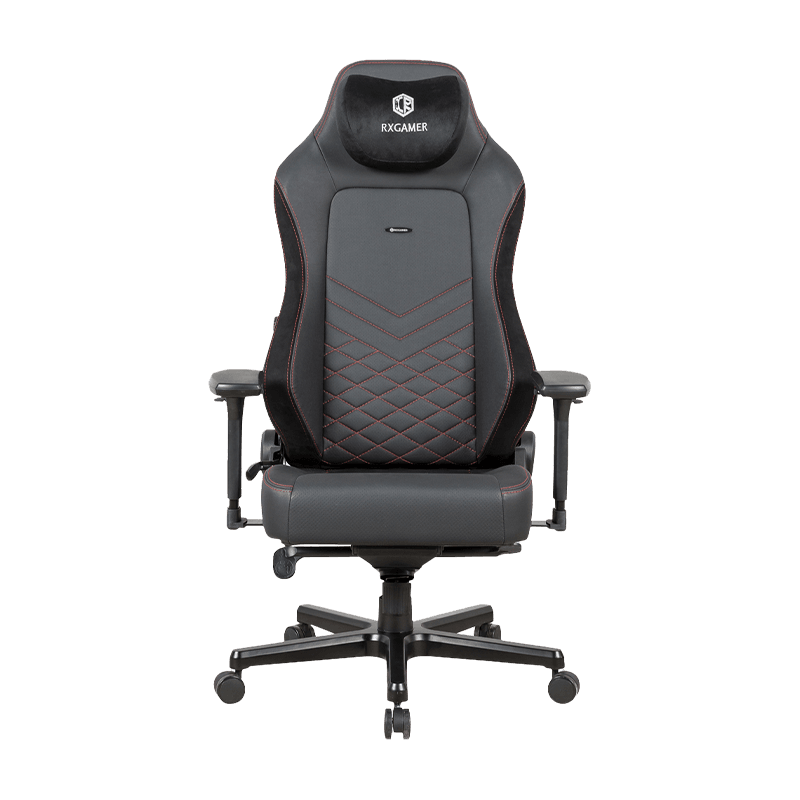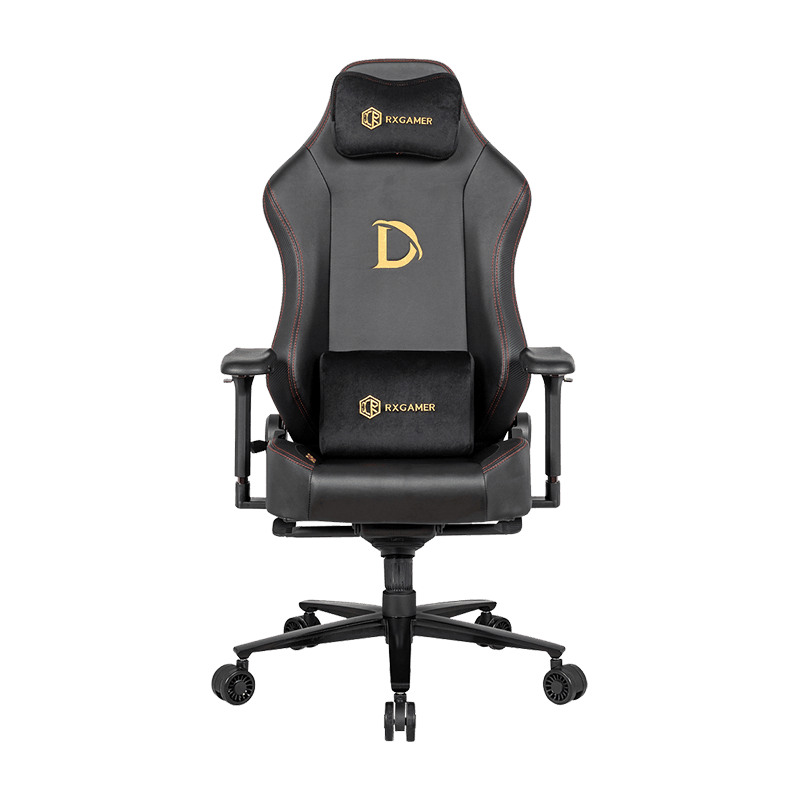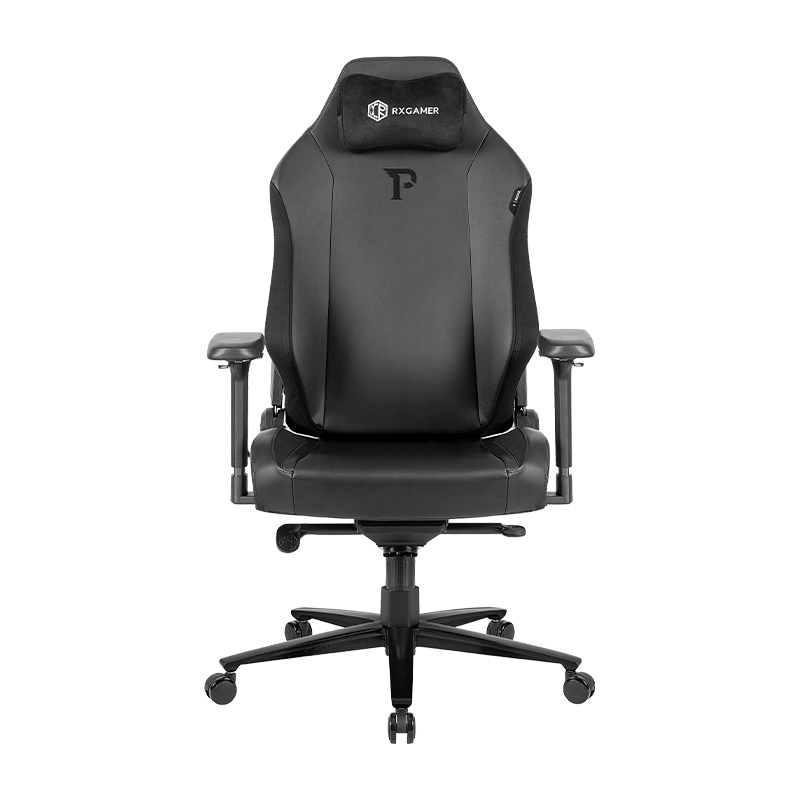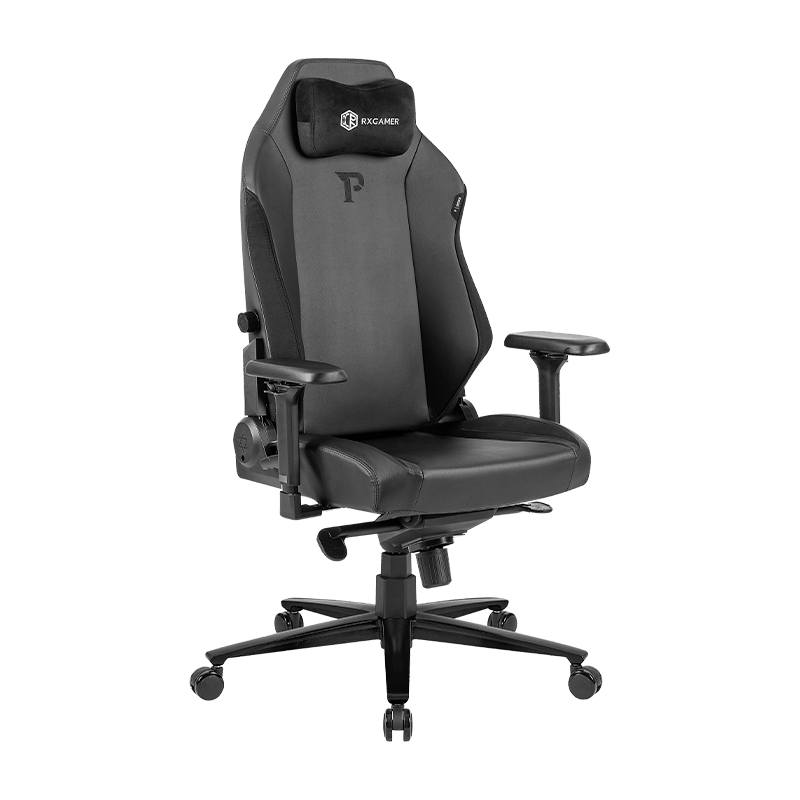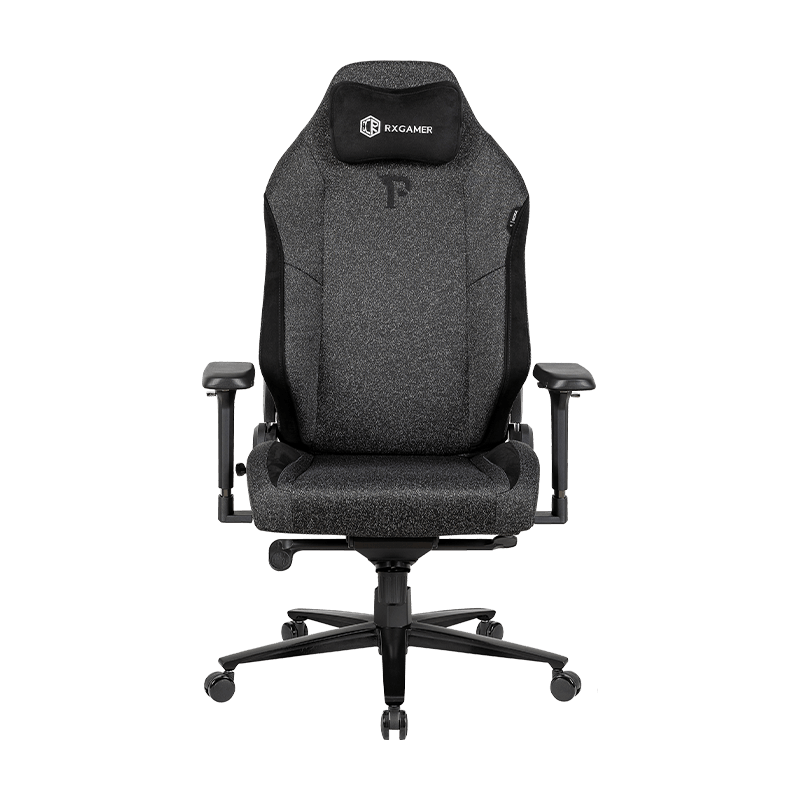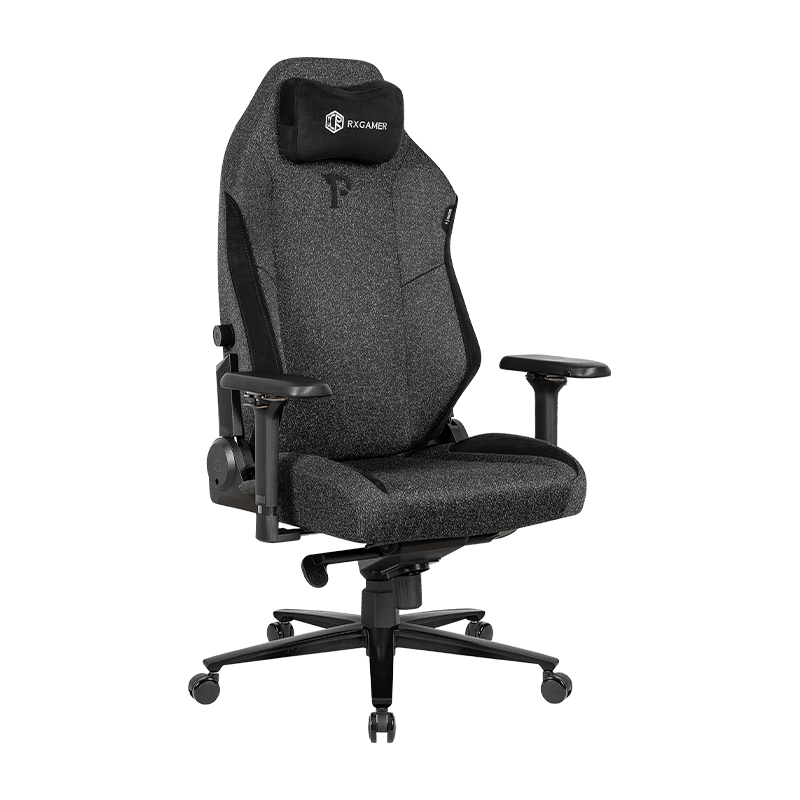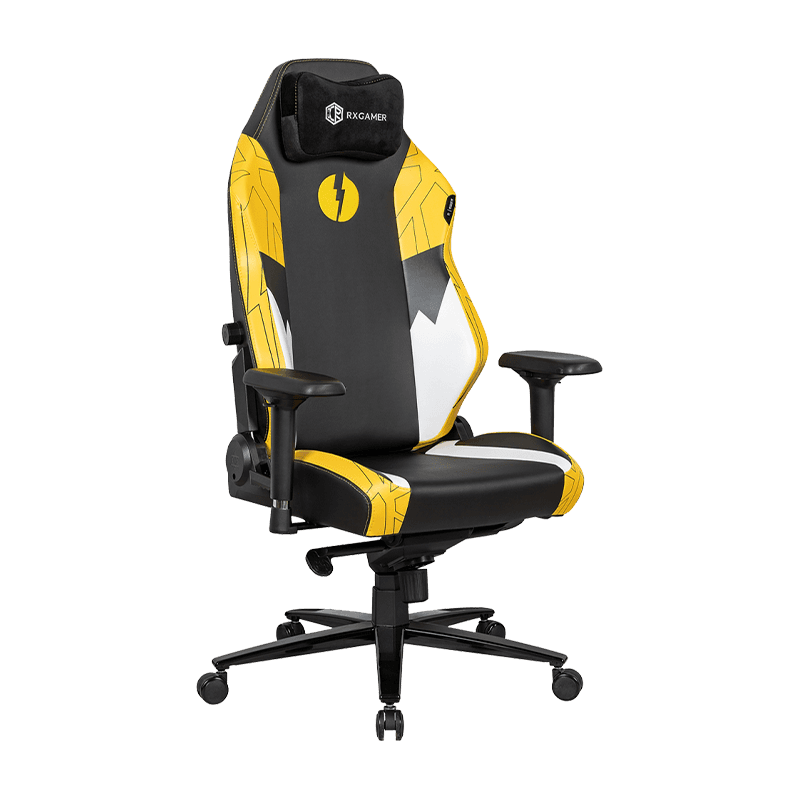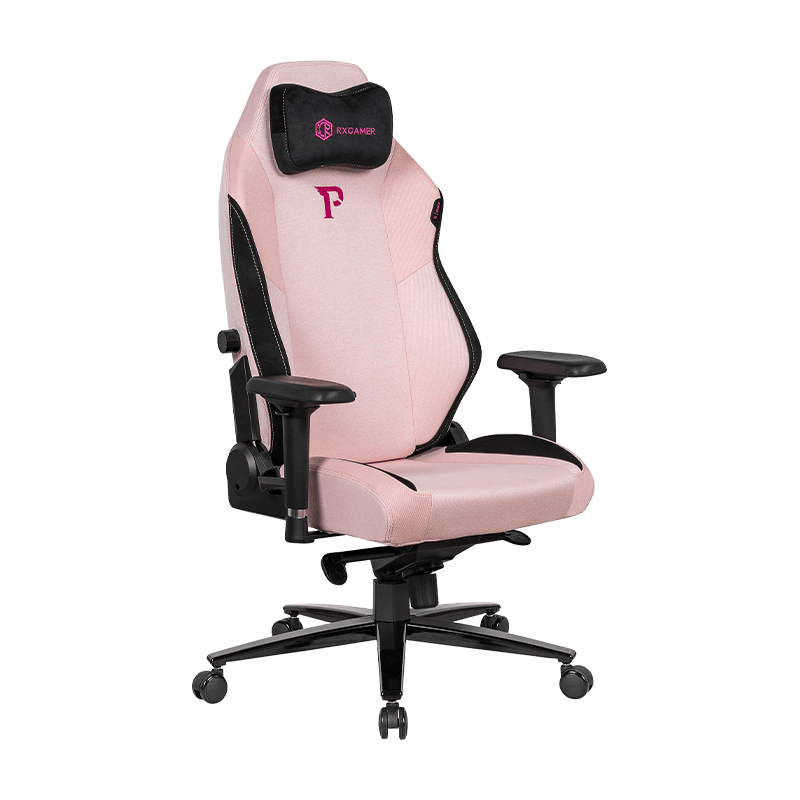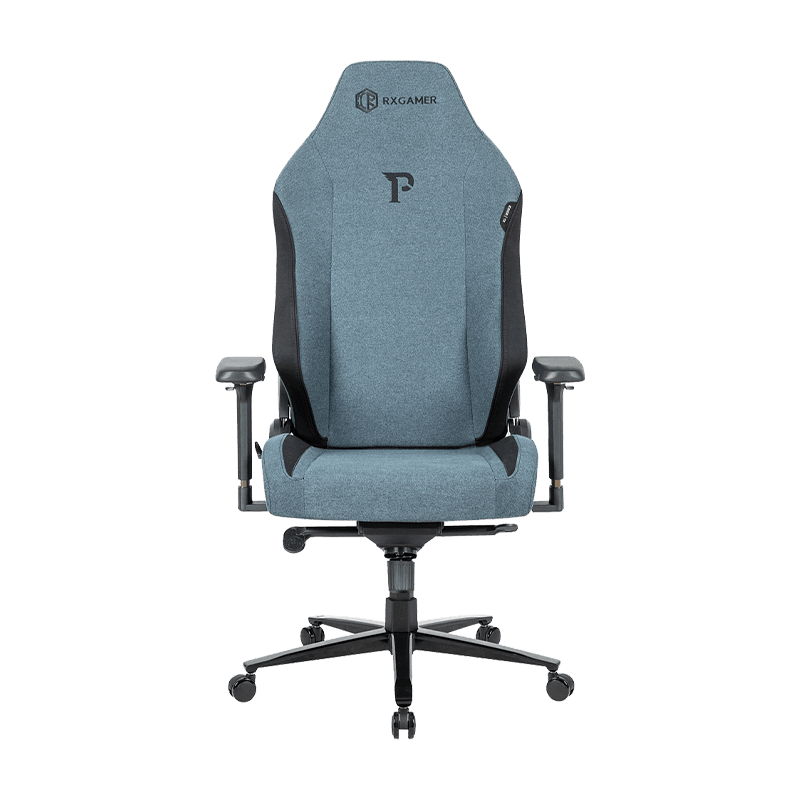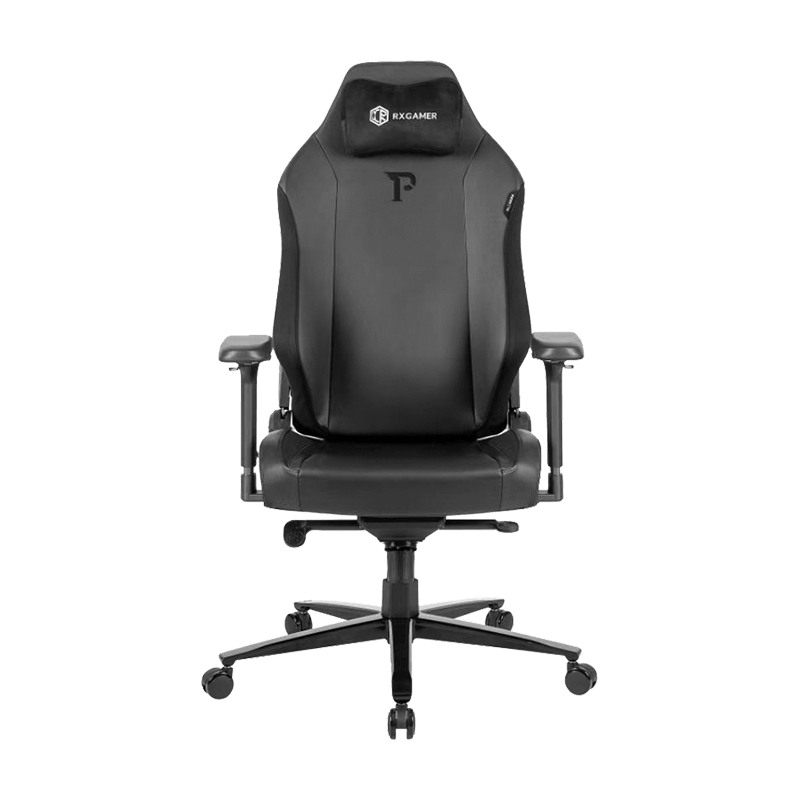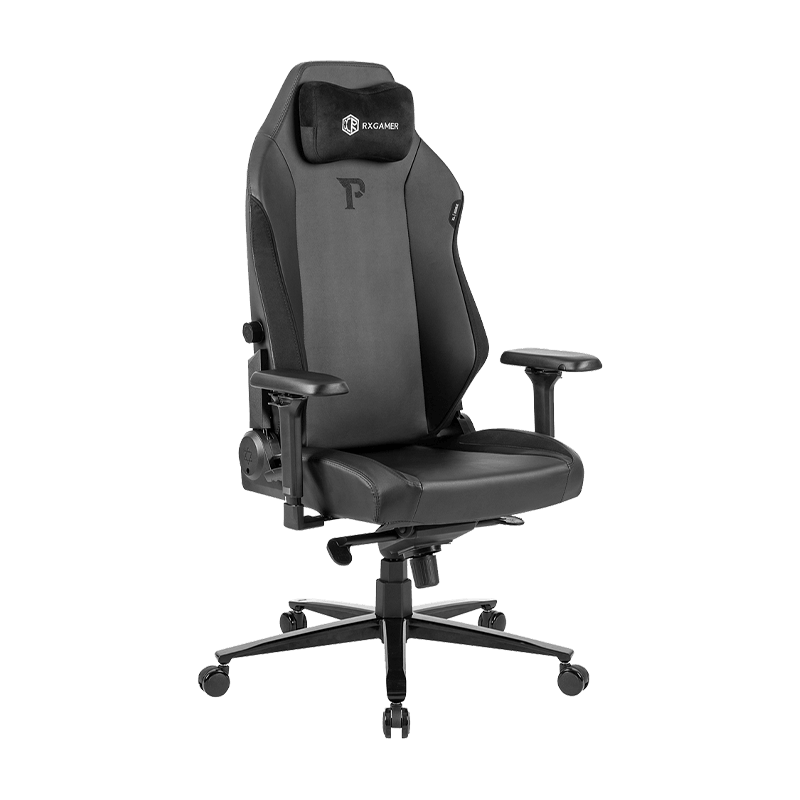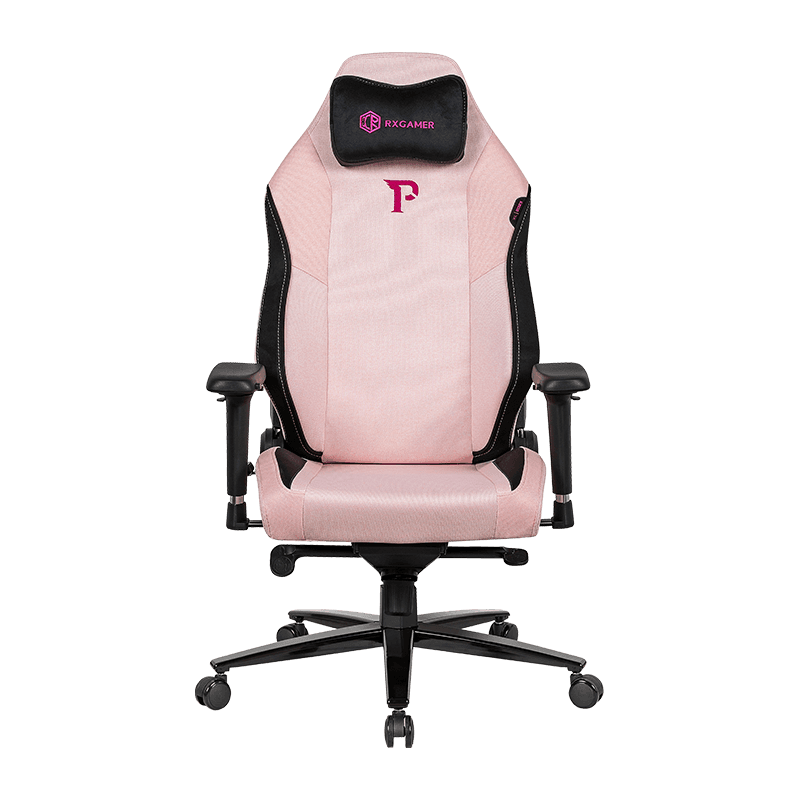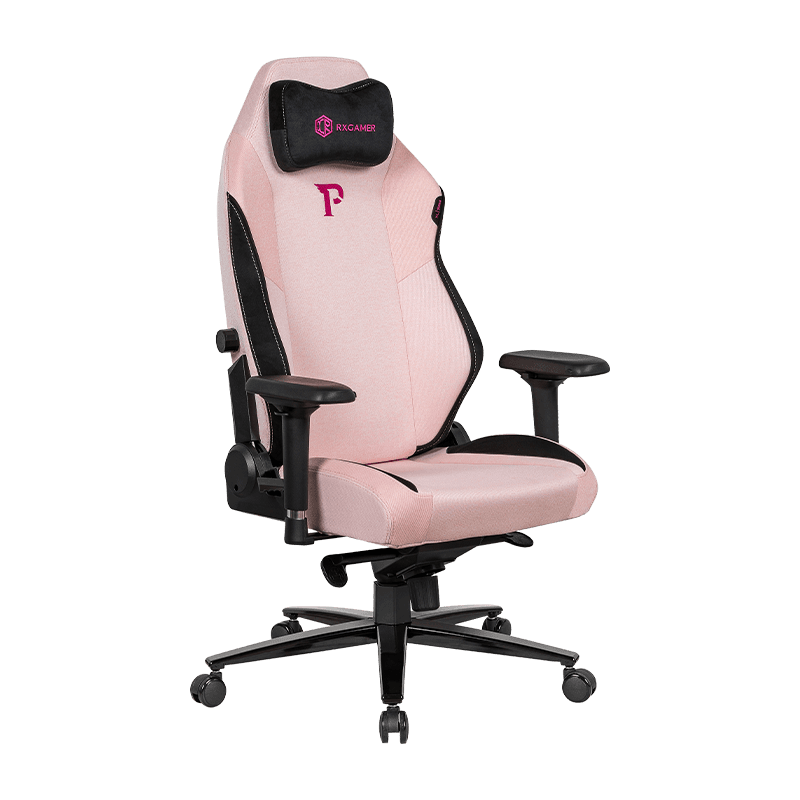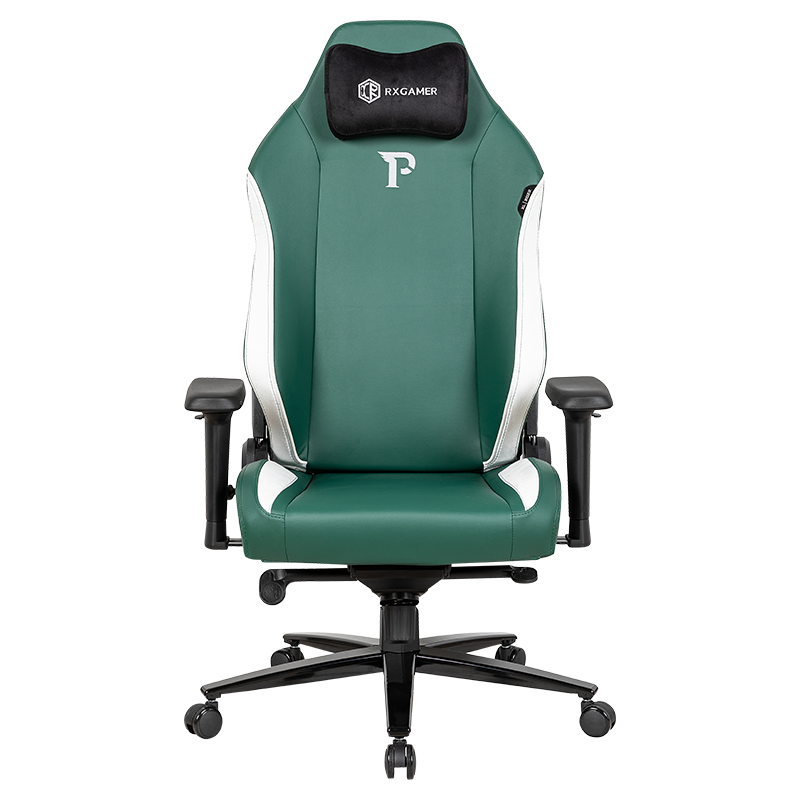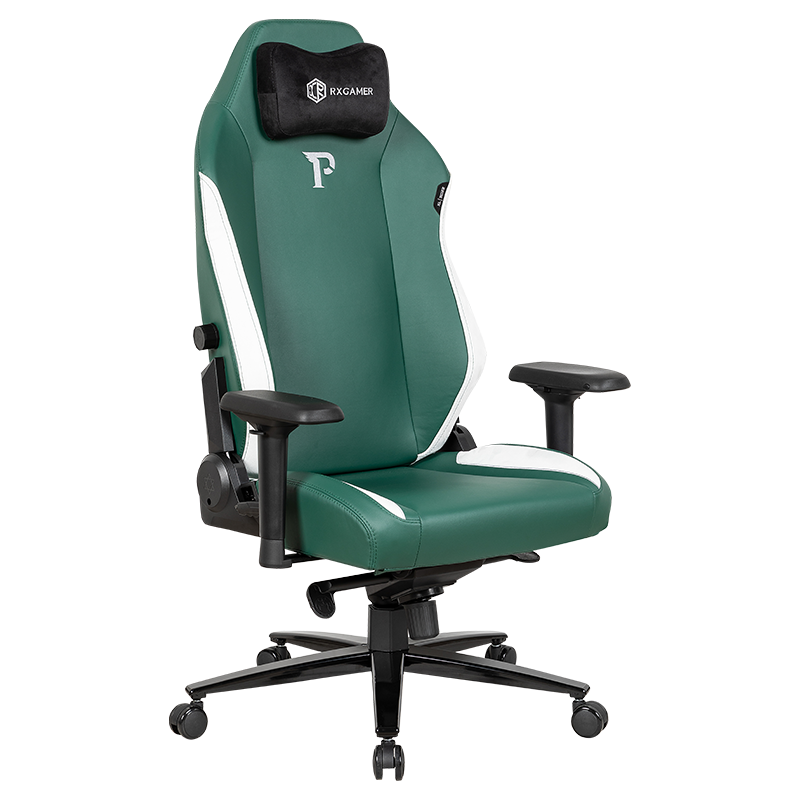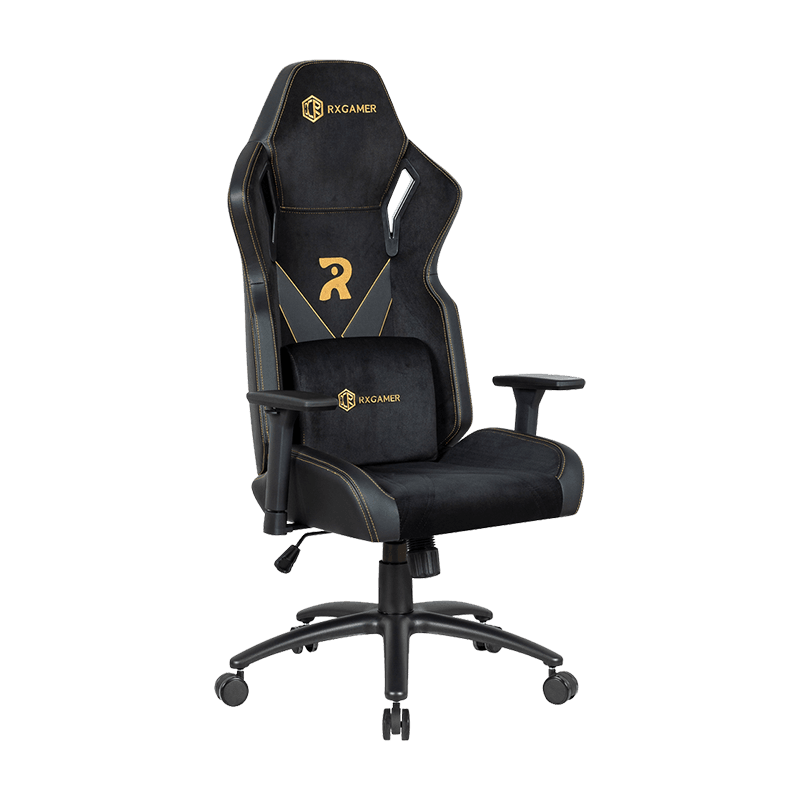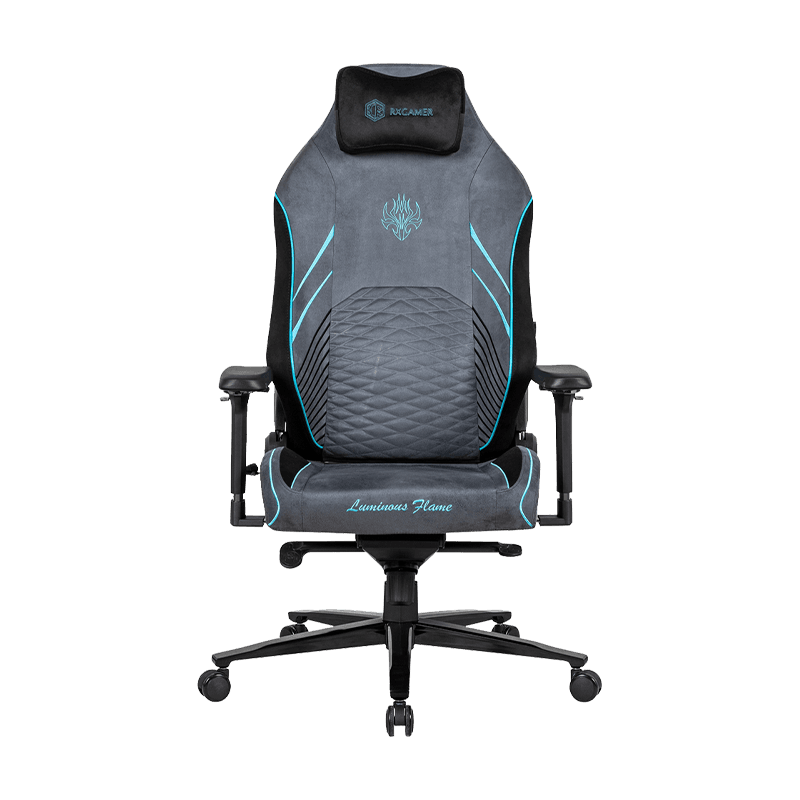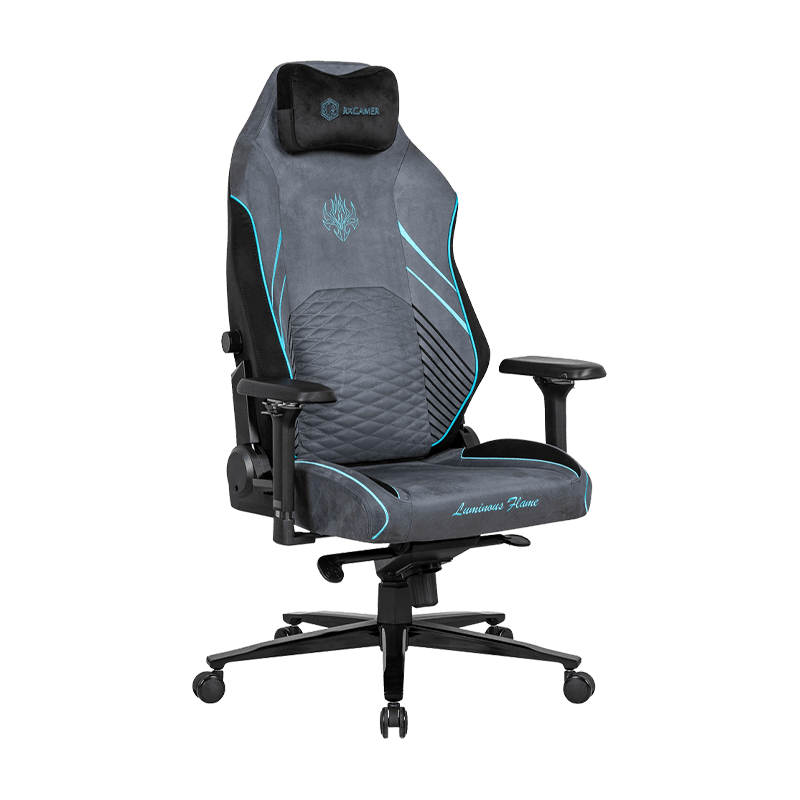RX-2121
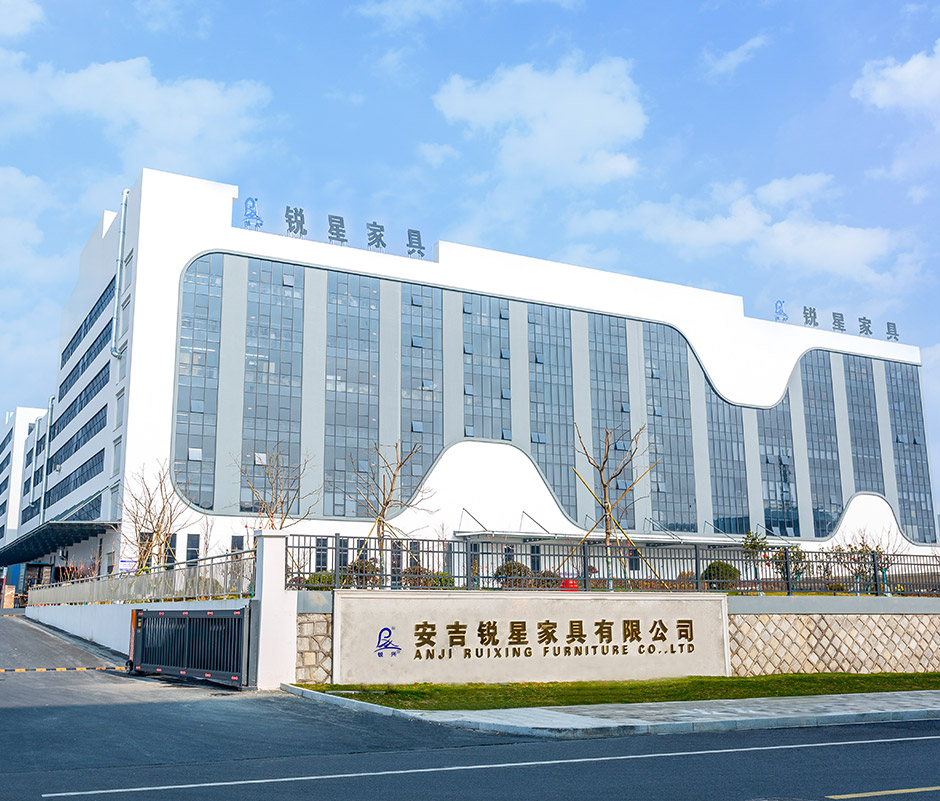
We are a new modern furniture business enterprise, gathering the industry design development, produce, sale with service. Securely the humanization, and environmental protection principle. We export to the USA, Brazil, Chile, Russia, Japan, Poland, and many other countries, We will spare no effort to provide the best service, quality, and price. We offer Gaming Computer Chair for sale.
-
The gaming and professional work environments are increasingly demanding seating solutions that combine comfort, style, ...
READ MORE -
In modern esports and home office environments, a high-performance gaming chair is more than just a seat—it is a critica...
READ MORE -
In modern homes and offices, comfort and functionality are essential factors when choosing a chair. With the increasing ...
READ MORE -
The rise of home offices, competitive gaming, and immersive digital experiences has made gaming chairs an essential piec...
READ MORE -
Introduction In recent years, the gaming industry has seen an explosive growth, not only in terms of game development bu...
READ MORE
How to ensure the firmness and beauty of the stitching process of the seat of a cost-effective PC gaming chair, especially in the frequently used parts, how to prevent the seams from cracking? For the splicing between different materials, what technology and process are used to ensure the natural connection and durability?
In the seat stitching process of a cost-effective PC gaming chair, it is necessary to ensure the firmness and beauty from multiple aspects, and at the same time, appropriate technology and process should be used for the splicing of different materials to ensure the natural connection and durability. The following is a detailed introduction:
Methods to ensure the firmness and beauty of the seat stitching
Select high-quality stitching: The quality of the stitching is directly related to the firmness of the stitching. For the frequently used parts of the PC gaming chair, such as the edge of the cushion, the connection between the backrest and the cushion, etc., high-strength and wear-resistant stitching, such as polyester fiber stitching, should be selected. This kind of stitching can not only withstand large tensile forces and is not easy to break, but also has good corrosion resistance and aging resistance, and can maintain stable performance during long-term use. In order to ensure the beauty, the color of the stitching should match the seat fabric, and try to choose stitching with pure color and uniform color to avoid color difference and affect the overall beauty.
Optimize the stitching method: Using a reasonable stitching method is the key to ensure firmness and aesthetics. In key areas, such as the stress points of the seat, double-thread chain stitching can be used. The stitches formed by this stitching method have high strength and elasticity, can expand and contract with the deformation of the seat, and are not easy to break due to frequent stretching. For areas with high aesthetic requirements, such as decorative stitching on the surface of the seat, flat stitching or back stitching can be used to make the stitches flat, uniform, and look more refined. In addition, during the stitching process, attention should be paid to the uniformity of the stitching distance. Generally speaking, a stitching distance of 3-4 stitches per centimeter is more appropriate, which can not only ensure the firmness of the stitching, but also make the stitches look neat and beautiful.
Strengthen the stitching structure design: In areas where the seat is frequently used, the firmness can be improved by increasing the number of stitching layers or using reinforced lining cloth. For example, at the edge of the cushion, double-layer stitching can be used, and a thin layer of reinforced lining cloth can be added between the two layers, which can not only enhance the wear resistance of the cushion edge, but also prevent the stitches from cracking. For the connection between the backrest and the seat cushion, a triangular reinforcement stitching structure can be used, that is, reinforcement stitching is performed at the three corners of the connection to form a triangular stable structure, effectively disperse the force, and improve the strength of the stitching part. When designing the stitching structure, the overall aesthetics of the seat should be taken into consideration, and the reinforcement structure should be kept as invisible as possible, or it can be designed into a decorative pattern, such as some simple lines or patterns can be sewn on the triangular reinforcement to blend it with the overall style of the seat.
Technology and process of splicing different materials
Material pretreatment: Before splicing different materials, various materials need to be pretreated to improve their stitchability and compatibility. For leather materials, softening treatment should be performed first to make it easier to bend and fit during the stitching process, and at the same time, it can also reduce the damage of the stitching to the leather. For fabric materials, pre-shrinking treatment should be performed to prevent deformation or cracking of the splicing due to shrinkage during washing or use after splicing. For some hard materials, such as the splicing of plastic or metal parts with seat fabrics, it is necessary to punch holes or grooves on the hard materials so that the stitching can pass smoothly, and the edges of the holes or grooves should be polished to prevent scratching the stitching or fabric.
Choose the appropriate splicing method: Choose the appropriate splicing method according to the characteristics of different materials and the requirements of the splicing parts. Common splicing methods include butt splicing, overlapping splicing and inlay splicing. Butt splicing is suitable for some parts that require high aesthetics, such as the splicing of fabrics of different colors or materials on the surface of the seat. Align the edges of the two materials, and then sew them closely with fine needles to make the splicing look almost seamless, achieving a natural and beautiful effect. Overlapping splicing is suitable for parts that need to increase strength, such as the connection between the armrest and the seat cushion of the seat. Overlap the two materials to a certain width and then sew them. This method can increase the force area of the splicing and improve the firmness. Embedded stitching is often used for stitching different materials such as leather and fabric. One material is embedded in the edge groove of another material and then stitched. This method can make the joints tighter and prevent the two materials from rubbing against each other or shifting during use.
Use auxiliary materials and techniques: In order to ensure that the connection between different materials is natural and durable, some auxiliary materials and techniques can be used. For example, hot melt glue or double-sided tape is used for pre-fixing at the joints so that the two materials can be accurately aligned and kept stable before stitching to avoid shifting or wrinkling during the stitching process. After the stitching is completed, a layer of transparent protective glue, such as silicone or polyurethane glue, can be applied to the joints, which can not only enhance the waterproofness and wear resistance of the joints, but also make the edges of the joints smoother to prevent the seams from wearing and cracking. In addition, for some complex material splicing, such as leather and metal, fabric and plastic, etc., advanced technologies such as laser welding or ultrasonic welding can be used. These technologies can achieve a firm connection of different materials without using stitches, and the appearance of the weld is flat and smooth, with good aesthetics and durability.
As a factory specializing in the production of cost-effective gaming chairs and office chairs, Anji Ruixing Furniture Co., Ltd. has rich experience and professional technology in ensuring the firmness and aesthetics of the product stitching process. The company has various mechanized production lines that can accurately control various parameters in the stitching process to ensure that the stitching quality of each gaming chair meets high standards.

 English
English 中文简体
中文简体 русский
русский Español
Español عربى
عربى
